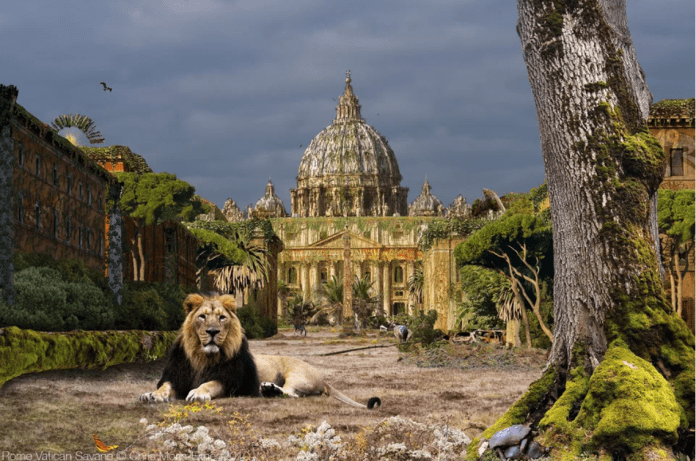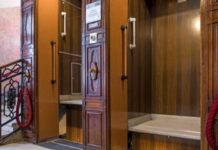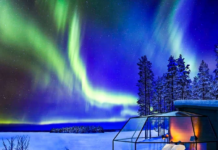French artist Chris Morin-Eitner predicted a worldwide natural invasion
THE INVASION of NATURE: this is how Paris, NY, Rome and Venice would change (Images)
When we think of nature taking back its spaces, we think of now uninhabited places where the environment no longer has to submit to the will of man. A famous example? Chernobyl, where an entire red forest is growing again just 500 meters from the nuclear site. Yet, even the lockdown due to the pandemic was an opportunity for nature to gain space: flamingos wandering around Sardinian cities and ducks walking around the center of Paris are just two of the many sightings. But what if the lockdown lasted years rather than months? Here is the natural invasion predicted by the French artist Chris Morin-Eitner.
# Once upon a time tomorrow. A visionary fusion of nature and city
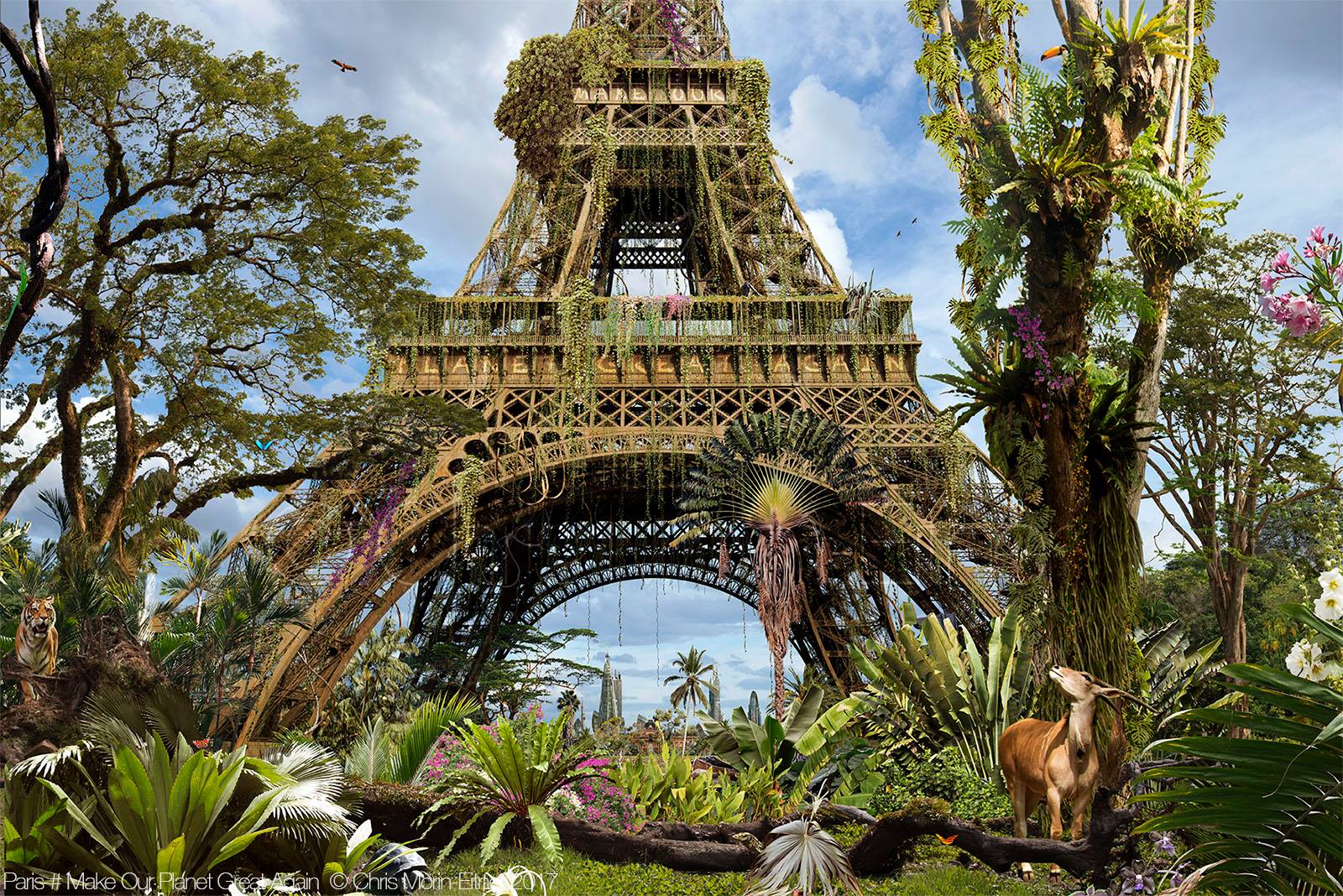
Practically the world this year experienced, albeit in different ways, a few months of closure in which the presence of man in the cities was almost nil. French artist Chris Morin-Eitner has developed a visionary project: Once upon a time tomorrow, in which the unthinkable happens.
Our cities are the concrete representation of how much man has the tendency to impose himself as a protagonist; do animals want to be part of city life? So let’s open the zoos, enclose the parks. But if man could no longer impose himself, nature and the anthropogenic elements of the cities would merge.
# From East to West, our cities would have unexpected inhabitants
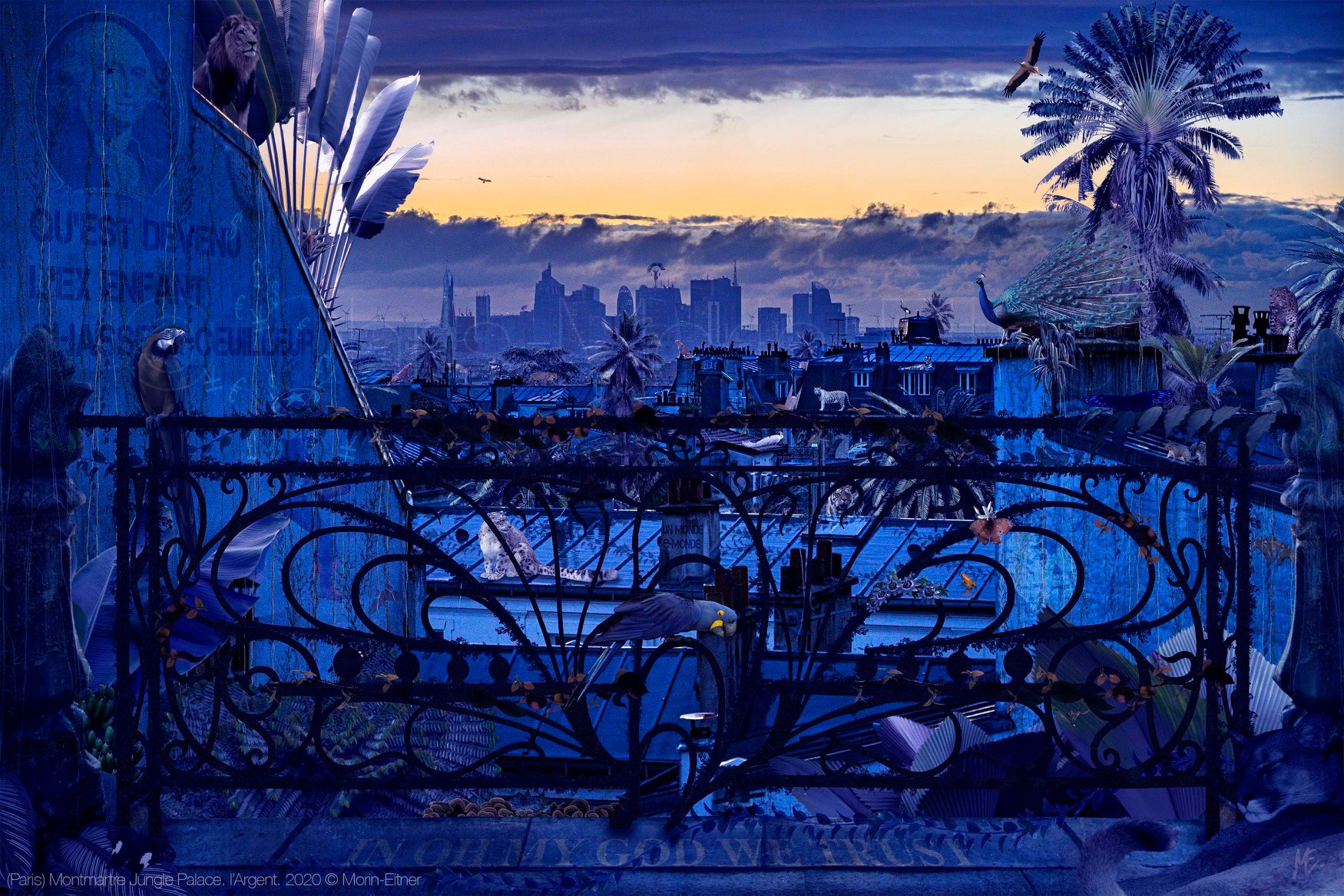
From Paris to New York, passing through Rome, Shanghai and Athens. The protagonists of this artistic project are many and all share the same leitmotiv: the union between the metropolis and nature. Eitner himself explains how he got the idea for this project: during a visit to the temples of Angkor, Cambodia, he “was fascinated by how nature had claimed its own space”. These temples are not only immersed in nature but are completely merged with the surrounding ecosystem, including roots, trunks, branches, lianas that are intertwined with bricks, bas-reliefs, statues.
# Is this all bound to happen sooner or later?
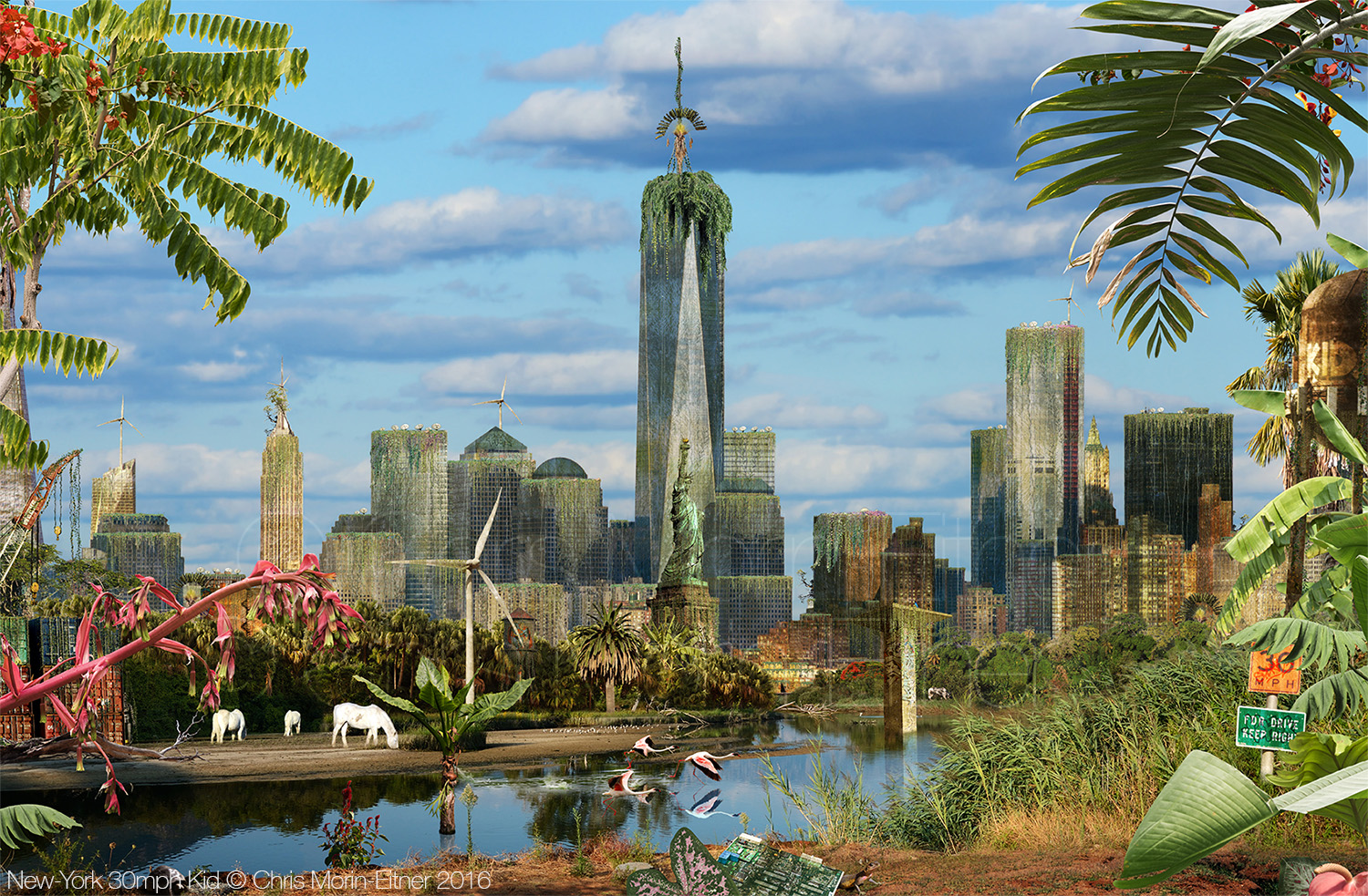
“At the time of their heyday, the buildings of Angkor had to be the equivalent of today’s skyscrapers and super modern structures” reflects the artist. Hence the brilliant idea: what if nature also takes back our buildings? What if it merged with our monuments? And the result was really crazy. The artist’s works have traveled around the world and made a huge number of people think.
Probably the time to share our spaces with nature, even the wildest one, is not that far away and the artist has found the right way to start preparing us.
ROSITA GIULIANO


